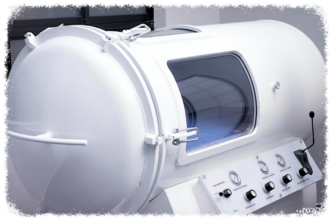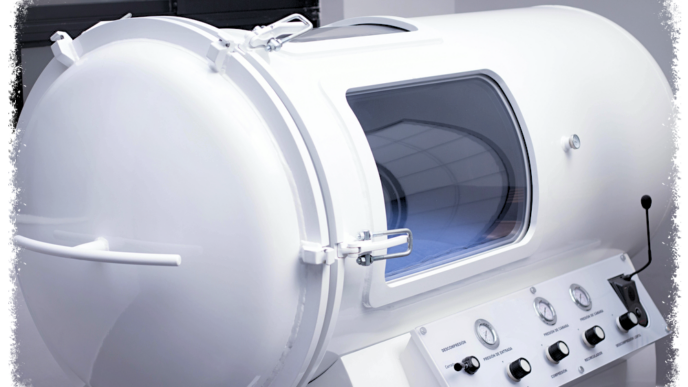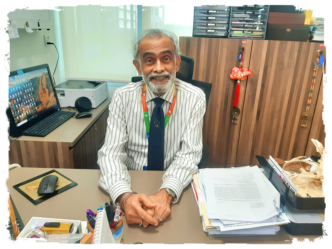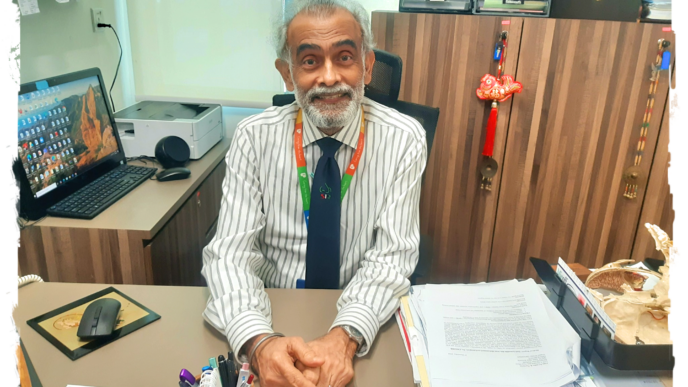WORDS LIM TECK CHOON
HEADER PHOTO MINDY TAN / NCSM
HER DIAGNOSIS
It was on New Year’s Eve in 2021, just at the brink of a new year, when fitness enthusiast and mother of two children, Mindy Tan, received a life-altering news: she was diagnosed with stage 3 cervical cancer.
“Why me?” she asked herself once the shock settled in.
She was devastated. Who would care for her two children? What would happen to her? These thoughts weighed heavily on her mind.
Fortunately, her husband became her pillar of strength. “With husband’s unwavering support and my inner strength, I refused to be defined by my diagnosis,” she recalls.
Cancer is classified into 4 stages, although certain stages may be further separated into substages.
|
HER TREATMENT
Mindy sought advice from several doctors. Her treatment journey was difficult, as it was both physically and emotionally draining.
Nonetheless, she soon found ways to manage her emotional turmoil. “I enrolled in a nutrition class,” she recalls, adding that she also gradually resumed working remotely. Eventually, the distraction of work allowed her to calm herself, manage her temper better, and felt more at peace with herself.
Eventually, she reached a happy ending at the end of her cancer journey, but her treatments caused her to experience early menopause. Also, she had to give up her dream of having more children, especially a daughter.
HER HOPES
Nonetheless, Mindy is grateful that she is still here, for her husband and her children. “My kids were too young to lose their mother,” she shares. “I had to be strong for them.”
HER ADVICE
“Believe in yourself, in your prayers, and you can overcome this,” she says. “You can’t change the disease you have, but you can change your attitude in confronting the disease.”
SHE IS NOT THE ONLY ONE
Mindy is indeed not alone. Cervical cancer is the sixth most common cancer among Malaysian women.
According to the Malaysia National Cancer Registry Report (2017-2021):
- 1 in 154 Malaysian women is at risk of developing cervical cancer.
- 47.1% of cases diagnosed late, at stages 3 and 4.
Mindy’s experience underscores the emotional toll of cancer, a burden often compounded by feelings of isolation.
Connecting with fellow cancer survivors at non-governmental organizations like the National Cancer Society Malaysia (NCSM) helped her overcome feelings of loneliness and self-pity.
THE IMPORTANT OF SCREENING & EARLY DETECTION
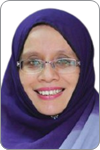 FEATURED EXPERT FEATURED EXPERTDR DALILAH KAMARUDDIN Partnership Lead and Medical Officer National Cancer Society of Malaysia (NCSM) |
Dr Dalilah Kamaruddin tells us that Mindy’s journey highlights the importance of early detection of cancer.
“Health screenings are often hailed as lifesavers,” she asserts. “Whether it’s catching a serious issue early or simply providing patients with peace of mind, the benefits are tangible.”
SO, WHY AREN’T MORE WOMEN GOING FOR CERVICAL CANCER SCREENING?
 FEATURED EXPERT FEATURED EXPERTDR LEEVYADHASHINY GANASAN Health Promotion Lead and Medical Officer National Cancer Society of Malaysia (NCSM) |
Cervical cancer screen is performed via a simple test called the Pap smear.
- The doctor collects cells from the woman’s cervix, smears the cells onto a slide (or slides in some cases), and send the slide(s) to a pathology laboratory.
- In the laboratory, the cells would be scanned to look for abnormal changes that could indicate cancer or precancerous conditions.
- A liquid-based alternative method, called liquid-based cytology, sees the collected cervical cells kept in a liquid medium instead of on a slide. This method is said to be more accurate than the conventional Pap smear, but it also tends to cost a bit more than conventional Pap smear.
Since 1995, free Pap smear services are available in Malaysia.
Despite this, the uptake of cervical cancer screening remains low, at around 35.2% of eligible women. Why is that?
Uneven Healthcare Infrastructure at Rural Areas
Dr Leevyadhashiny Ganasan believes that one of the most pressing barriers to cervical cancer screening in Malaysia is the uneven healthcare infrastructure.
“Rural areas often lack adequate healthcare facilities and trained personnel,” she says.
Lack of Awareness
She adds that another critical barrier is the lack of awareness and information regarding cervical cancer and the importance of regular screening. Many women are not adequately informed about their eligibility for free services or the risks associated with cervical cancer.
“Awareness campaigns primarily use mass media rather than targeted outreach that could effectively reach underserved populations,” she elaborates. “This lack of personalized communication means many women remain unaware of their need for screening or how to access these services.”
Cultural Stigma
In many communities, discussions about cervical cancer are taboo, leading to misinformation and fear regarding the screening procedures.
“Women may feel embarrassed or fearful about undergoing examinations, especially if they lack support from family or community members,” Dr Leevya says.
LEAVE NO ONE BEHIND
In 2018, the 2030 Agenda for Sustainable Development was adopted, with 193 United Nations Member States pledging to ensure “no one will be left behind” and to “endeavour to reach the furthest behind first.”
In the same vein, NCSM has launched the Leaving No One Behind initiative with their health partners.
- To address the lack of awareness about cervical cancer screenings, the Leaving No One Behind initiative collaborates with local leaders and community organizations to effectively share important information.
- The campaign has worked with various notable individuals, including Members of Parliament (MPs), NGOs, healthcare facilities, and Her Royal Highness Queen of Perak Tuanku Zara Salim.
- These collaborations demystify cervical cancer screenings and empower women to prioritize their health.
- Under this initiative, NCSM has vaccinated over 200,000 Malaysians against HPV, significantly contributing to the prevention of cervical cancer.
- These efforts align with broader strategies outlined in Malaysia’s National Strategic Plan for Cancer Control (2021-2025), which aims to improve screening uptake and reduce mortality rates from cervical cancer.
| HPV is short for human papillomavirus, a common virus that can be passed through skin-to-skin contact, often during sexual activity. Most people who get HPV don’t have symptoms and it usually goes away on its own. However, some types of HPV can cause changes in the cells of the cervix that, over time, can lead to cervical cancer. Regular screenings like Pap smears can detect these early changes, allowing for treatment before cancer develops. |
For more information on this campaign, you can visit their website (link opens in a new tab).
This article is part of our series of articles on cervical cancer and other health issues that affect women.
|



